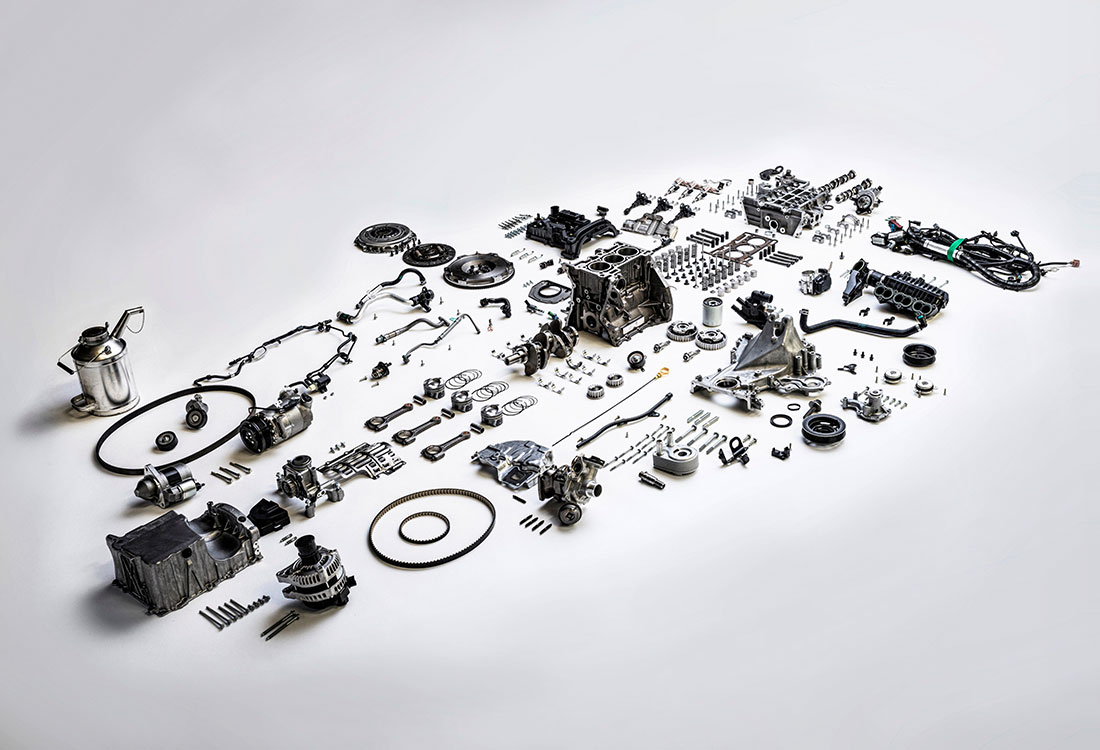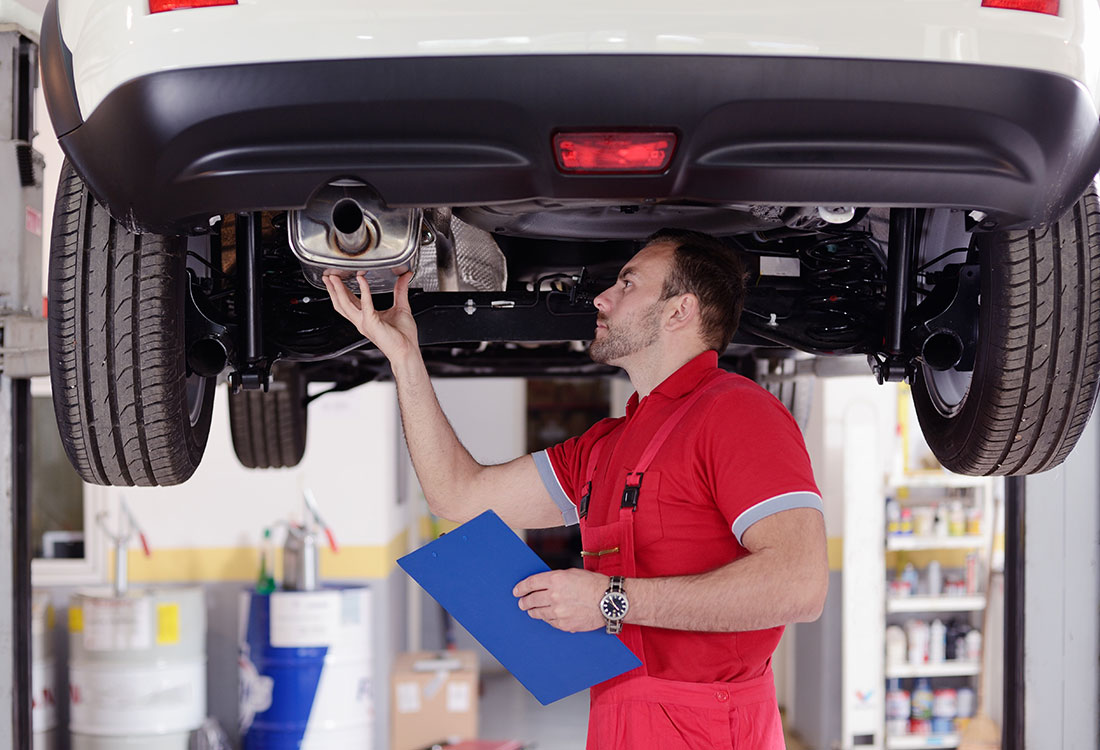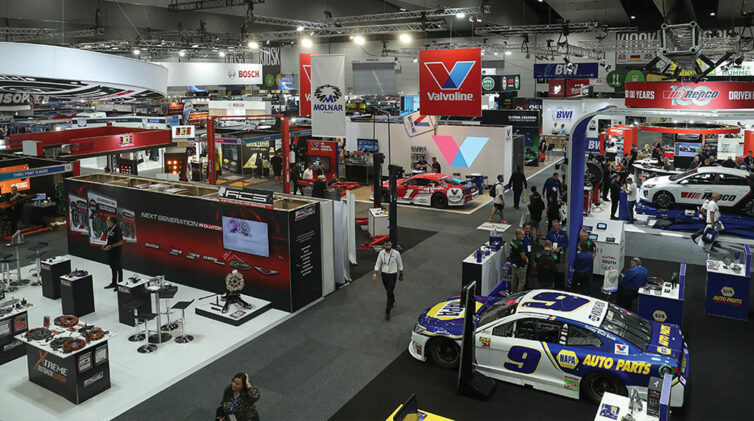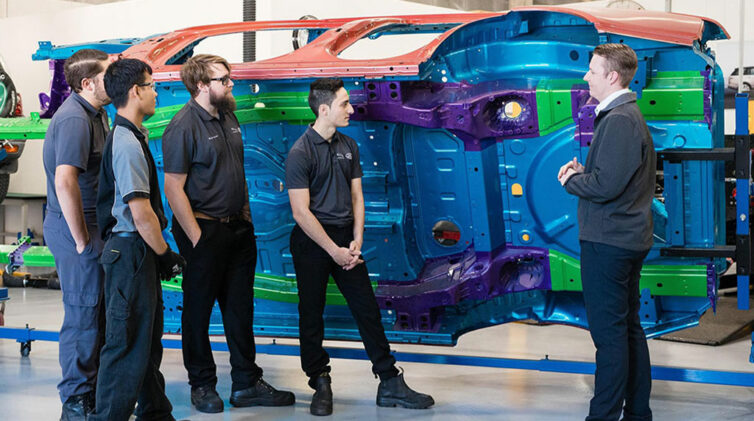In a keynote address at the 2018 Australasian Fleet Conference and Exhibition in Melbourne last week, VACC senior research analyst Steve Bletsos cautioned that the vehicle revolution will significantly alter the course of the automotive industry.
“We will see the automotive industry change shape over the (next) decade due to technology and the way people are actually using their cars. This will create both challenges and opportunities for the industry going forward,” he said.
According to VACC research, a 20 per cent uptake in EVs by 2030 would lead to a loss of about 2000 businesses and 5900 jobs in the Victoria automotive industry alone.
EVs, AVs and CVs will be primarily responsible for these changes, with Mr Bletsos saying: “These technologies will affect the way cars are sold, serviced, repaired and utilised in the future.
“They’ll also impact upon traditional automotive supply chains around the world,” he said.
“A key point of disruption occurs from the fact that electric vehicles lack many of the moving components that are present in petrol and diesel cars – there is no combustion engine, transmission, cooling system, exhaust system or many other components.
“There’s only typically around 17 moving parts in an electric vehicle, as opposed to around more than 2000 in an internal-combustion engine.
“Electric vehicles are also more reliable, and, therefore, these will reduce the need for traditional mechanical service and repair skills.
“We’ll still need people to fix brakes, tyres, steering and suspension, but a lot of existing automotive trade activity will not be required.”
Mr Bletsos said the automotive repair and maintenance sector would be the hardest hit by this transition due to the reduced volume of work, reliability of EVs and less-serviceable parts.
Meanwhile, the retailing and wholesaling sector would also be negatively impacted due to their already-low profit margins not being supplemented as much by highly-profitable servicing departments. This would lead to reduced revenue.
However, Mr Bletsos stressed that the severity of this transition will “depend on the timing of electric vehicles and the strength of their uptake over the (next) decade”.
Quoting VACC research that found a 20 per cent uptake in EVs by 2030 would lead to a loss of about 2000 businesses and 5900 jobs in Victoria, Mr Bletsos called on governments to step up and assist the automotive industry with this transition.
“At the outset, there is a real, clear need for a policy framework … on electric and autonomous vehicles,” he said.
“The industry, at the moment, is in a bit of a vacuum here, and in order to facilitate a smooth transition, it would be better that we had some signals from the government in regards to their intentions with EVs and autonomous vehicles.
“All these developments will lead to a smaller and leaner (automotive) industry in the future, and businesses need to be able to adapt to this changing environment in a timely fashion.”
However, Mr Bletsos said that this transition would open the door for automotive trade opportunities specific to EVs, AVs and CVs.
“There will probably be a definite need for specialist training for mechanics and apprentices,” he said. “New skills (will be) around software updating, coding, programming and other skills.
“A lot of people currently in the industry don’t have the aptitude to crossover into this sort of space, and that creates a key problem.”
As a result, Mr Bletsos suggested that future new employees in the automotive repair and maintenance sector might have different qualifications altogether.
“We could see the emergence of a new role, a specialist electric-vehicle technician. We could see a development of the qualification (of technicians),” he said.
“What’s required really is greater government investment in automotive trade training, both in the quality of teaching and the material they’re teaching – that needs to come up to par.”
Mr Bletsos added that mainly due to population growth, the number of vehicles on Australian roads was growing by about 400,000 vehicles a year. This was currently driving the sustainability and growth of businesses within the local automotive industry.
By Justin Hilliard













 Read More: Related articles
Read More: Related articles

